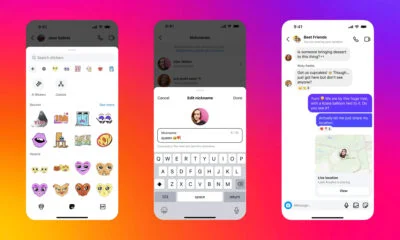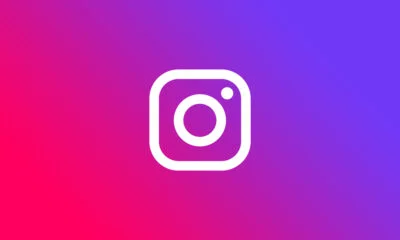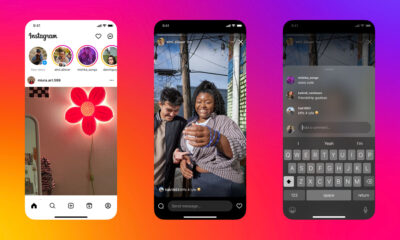News
Instagram Attempts To Dispel Shadowbanning Conspiracies
The Meta-owned company wants creators to better understand how the platform’s algorithms work.
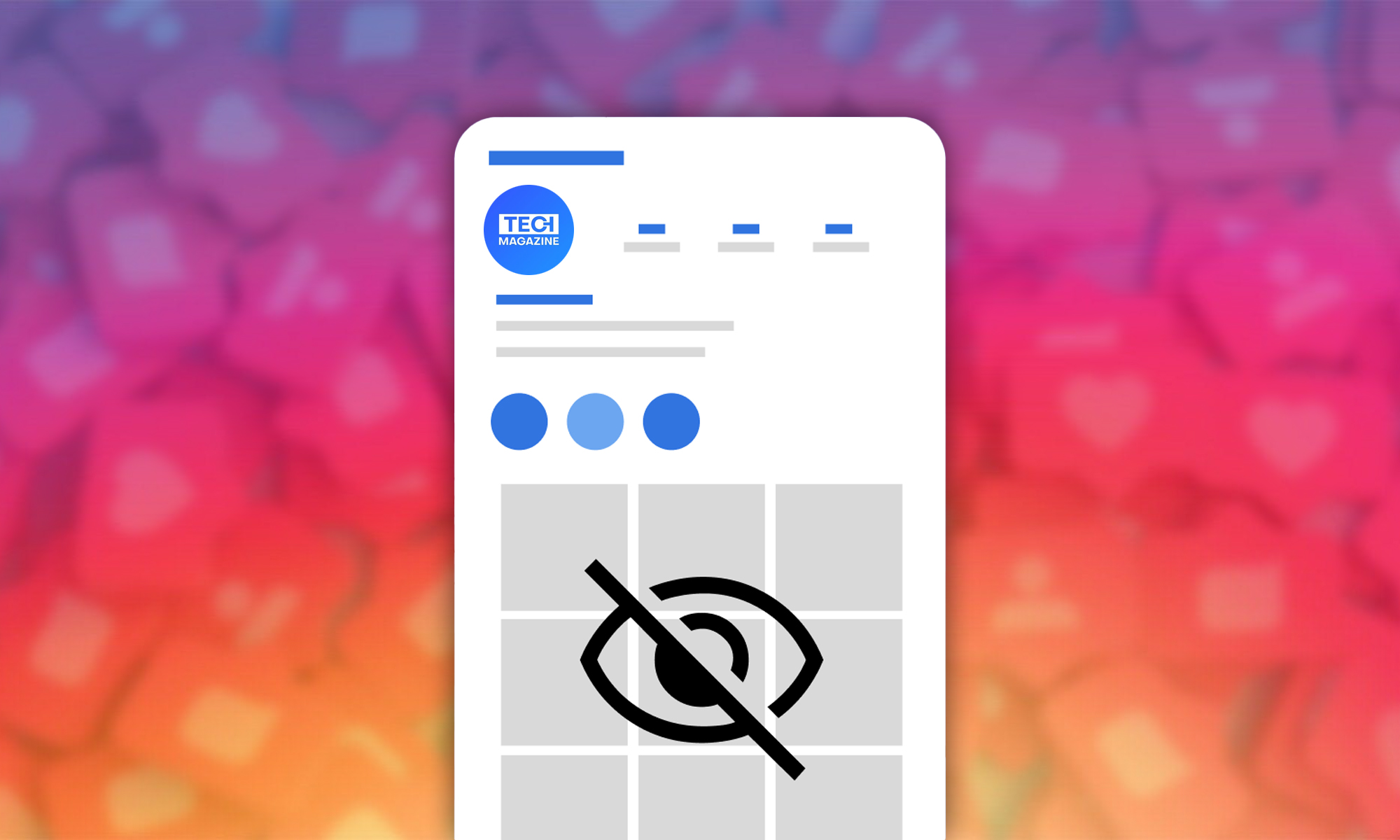
A new blog post by Adam Mosseri — Instagram’s top exec — has offered some of the most detailed explanations about how the platform’s algorithm ranks various recommended content in a bid to dispel conspiracy theories concerning shadowbanning.
“Instagram doesn’t have a singular algorithm that oversees what people do and don’t see on the app,” explained Mosseri in his post. Instead, the executive explained that there are several algorithms and ranking systems working behind the scenes of the Explore, Reels, Stories, and Search sections of the app, with each using different signals for cues as to whether a creator or piece of content should be offered for a viewer’s perusal.
Regarding the order of posts in a user’s main feed, the algorithm uses past viewing activity to determine what to show next, as well as “closeness” and “how likely you are to be connected as friends or family”. On the other hand, Explore recommendations are primarily driven by “posts you’ve liked, saved, shared, and commented on in the past” but are more likely to come from creators or accounts the user has never interacted with.
One of the most interesting parts of Mosseri’s blog post is about “addressing shadowbanning”. Mosseri admits there isn’t a universal definition for the term but acknowledges that some creators “use the term to imply that a user’s account or content is limited or hidden without a clear explanation or justification”. Mosseri says that Instagram is working hard to increase transparency around when content or accounts are hidden from the platform’s recommendations.
Also Read: Adobe Firefly AI Image Generator Comes To Photoshop
Mosseri notes that the “account status” feature will alert users if their content or entire account is considered “ineligible” for recommendations and that an appeals process is also available. While this isn’t the first time Instagram has addressed shadowbanning, there has been a noticeable shift in how the company talks about the topic.
The new details from Adam Mosseri’s blog underscore just how vital algorithm recommendations are to Instagram’s operation. Meta chief Mark Zuckerberg has even said that his goal is to transform both Instagram and Facebook into “discovery engines” focused on recommendations rather than posts from friends.
News
Samsung Smart Glasses Teased For January, Software Reveal Imminent
According to Korean sources, the new wearable will launch alongside the Galaxy S25, with the accompanying software platform unveiled this December.
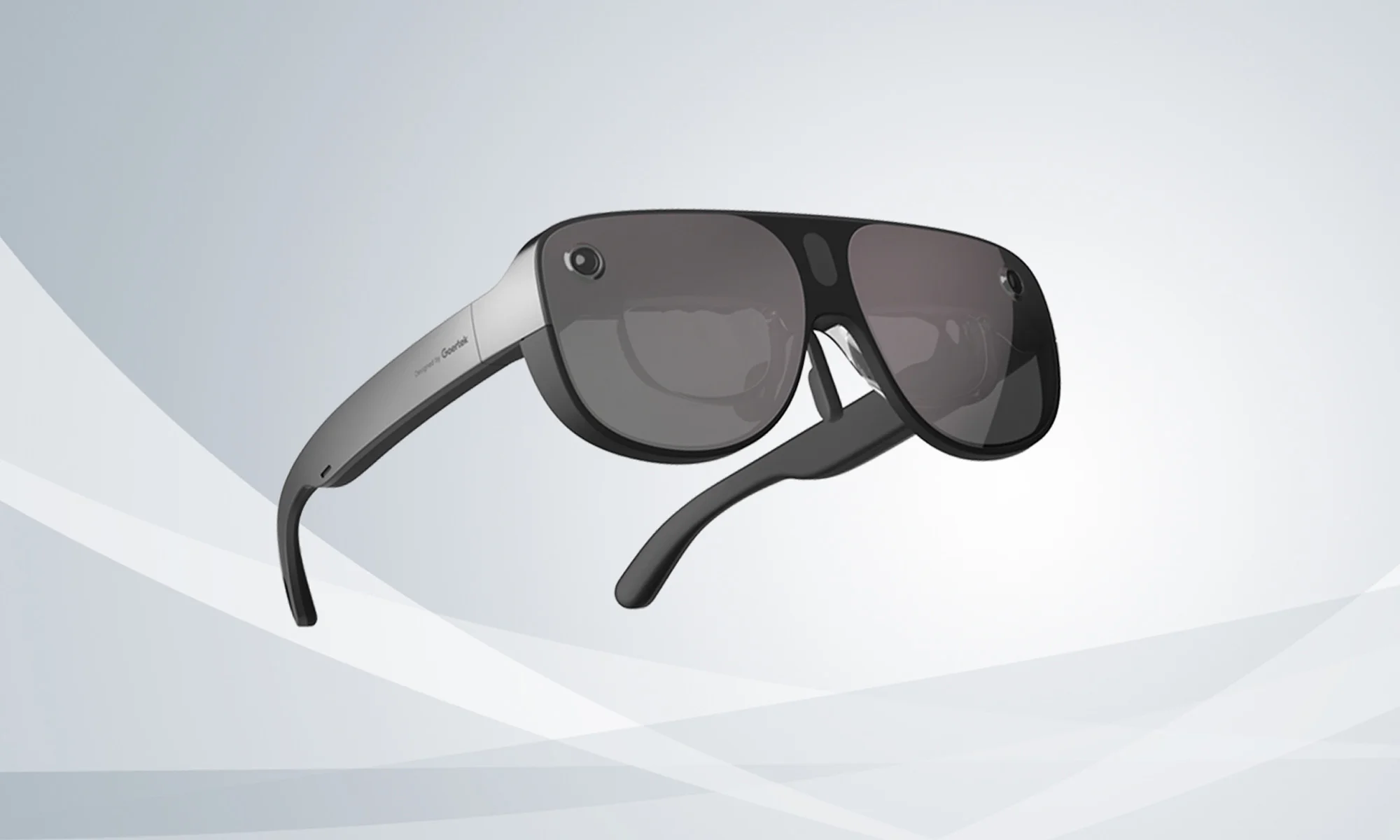
Samsung appears poised to introduce its highly anticipated smart glasses in January 2025, alongside the launch of the Galaxy S25. According to sources in Korea, the company will first reveal the accompanying software platform later this month.
As per a report from Yonhap News, Samsung’s unveiling strategy for the smart glasses echoes its approach with the Galaxy Ring earlier this year. The January showcase won’t constitute a full product launch but will likely feature teaser visuals at the Galaxy S25 event. A more detailed rollout could follow in subsequent months.
Just in: Samsung is set to unveil a prototype of its augmented reality (AR) glasses, currently in development, during the Galaxy S25 Unpacked event early next year, likely in the form of videos or images.
Additionally, prior to revealing the prototype, Samsung plans to introduce…
— Jukanlosreve (@Jukanlosreve) December 3, 2024
The Galaxy Ring, for example, debuted in January via a short presentation during Samsung’s Unpacked event. The full product unveiling came later at MWC in February, and the final release followed in July. Samsung seems to be adopting a similar phased approach with its smart glasses, which are expected to hit the market in the third quarter of 2025.
A Collaborative Software Effort
Samsung’s partnership with Google has played a key role in developing the smart glasses’ software. This collaboration was first announced in February 2023, with the device set to run on an Android-based platform. In July, the companies reiterated their plans to deliver an extended reality (XR) platform by the end of the year. The software specifics for the XR device are expected to be unveiled before the end of December.
Reports suggest that the smart glasses will resemble Ray-Ban Meta smart glasses in functionality. They won’t include a display but will weigh approximately 50 grams, emphasizing a lightweight, user-friendly design.
Feature Set And Compatibility
The glasses are rumored to integrate Google’s Gemini technology, alongside features like gesture recognition and potential payment capabilities. Samsung aims to create a seamless user experience by integrating the glasses with its broader Galaxy ecosystem, starting with the Galaxy S25, slated for release on January 22.


